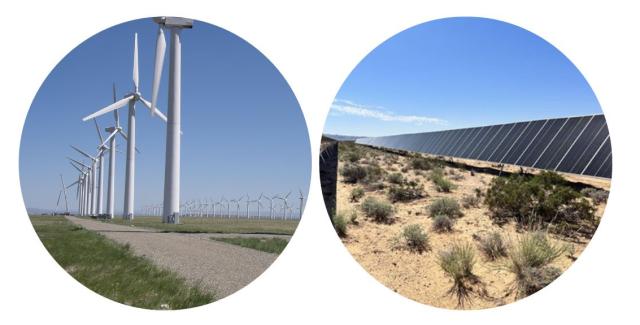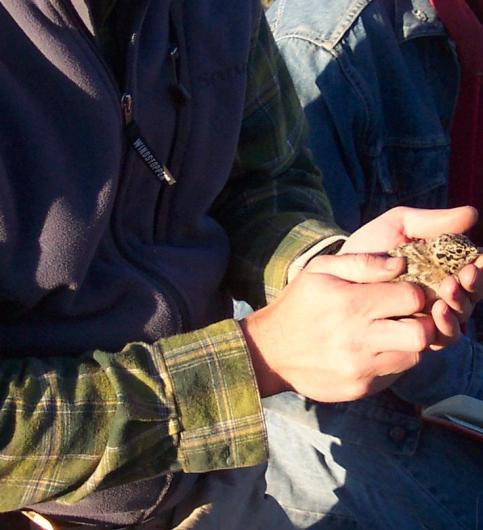Related Stories
- BLM delivers on administration priorities
- BLM Fire and National Conservation Lands managers collaborate to meet shared goals
- More than a summer threat: Protecting public lands from fall fires
- BLM announces 2025 Rangeland Stewardship and Innovations Award winners
- Virtual adventures await: Discover six BLM public lands you can tour from anywhere




